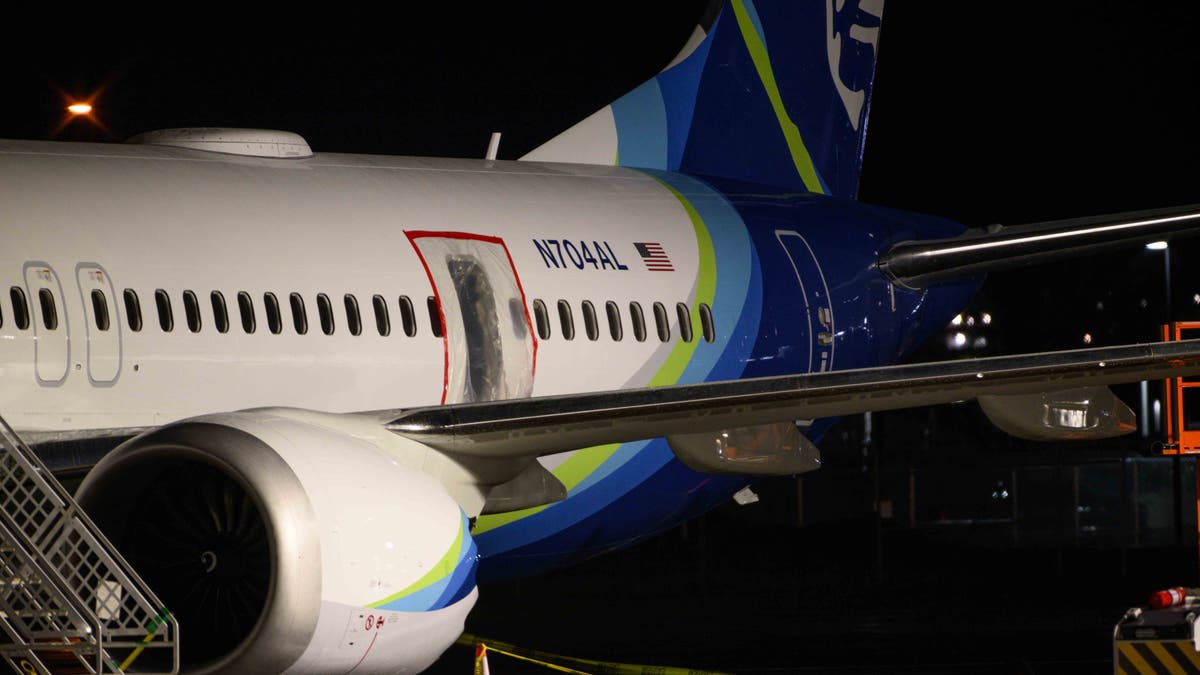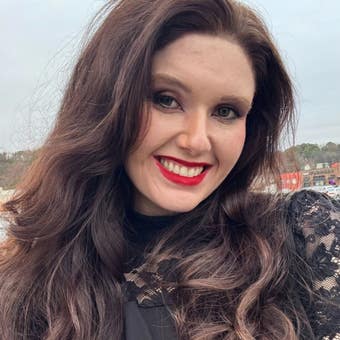Alaska Airlines door plug blowout puts experts on high alert over parents holding babies on planes
Dr. Dyan Hes, a pediatrician, and Aviation Safety Consultant Keith M. Cianfrani on the risks associated with holding babies on planes after the shocking Alaska Airlines door plug blowout.
Experts are cautioning parents to reconsider holding babies and young children in their arms during flights after last week's terrifying door plug blowout on an Alaska Airlines Boeing 737 MAX 9.
"If there had been a passenger holding a kid close to where that panel blew off, the explosive force was such that a kid being held would have been torn from the hands of their parents, and they would have been sucked out of the plane," Kwasi Adjekum, assistant professor at University of North Dakota’s Department of Aviation, warned in The Washington Post.
Adjekum added that the practice – especially in "vulnerable" phases of flying – is "highly frowned upon and discouraged."
ALASKA AIRLINES INFLIGHT BLOWOUT COULD HAVE BEEN ‘MUCH DIFFERENT’ SCENARIO, NTSB WARNS

Woman with a baby traveling by plane. Experts are cautioning against flying with infants and small children in laps and are instead urging parents to consider paying for an extra seat. (iStock)
Dr. Dyan Hes, a pediatrician, weighed in on possible precautions, telling "Fox & Friends First" she believes airlines should make car seats mandatory for young children on flights.
"You want to keep your child the most safe, and the most safe on an airplane is in a restrained car seat, because most children who are injured on planes are injured from turbulence," she explained.
"I actually think it should be that the FAA says that you have to buy a seat. That's the only reason the parents are not, because they're given the option not to and hold them on their laps."
National Transportation Safety Board (NTSB) Chair Jennifer Homendy, according to The Post, said flight attendants were "concerned" knowing that four unaccompanied minors and three small children – who did not have a seat – were on board when the door plug blew out at approximately 16,000 feet in elevation.
No passengers were physically harmed, however.
ALASKA AIRLINES PASSENGER DESCRIBES TERRIFYING FLIGHT TO CALIFORNIA: ‘THERE WAS A HOLE IN THE PLANE'

A plastic sheet covers an area of the fuselage of the Alaska Airlines N704AL Boeing 737 MAX 9 aircraft outside a hangar at Portland International Airport on January 8, 2024 in Portland, Oregon. (Mathieu Lewis-Rolland/Getty Images)
With the cost of paying for an extra seat potentially getting in parents' way, Hes proposed making seats "much cheaper" for child passengers along with requiring airlines to provide the necessary child-safe seats to make the process operate more smoothly.
Parents who don't want to foot the bill for an extra ticket for their child, however, could be faced with the decision to drive long distances to reach their destination.
"That's the reason why they [airlines] don't enforce that [requiring seats for children] is because they feel that driving has higher rates of mortality, so that, statistically speaking, a child might have a higher rate of mortality from a car accident," Hes said.
Keith M. Cianfrani, an aviation safety consultant, said he's "perplexed" when he sees a family getting onboard a flight with a young child and are not using a car seat.
"I don't understand that mentality," he told Fox News' Carley Shimkus. "It's all about risk management. During turbulence or in an emergency, that child is now going to become a mobile projector."
Cianfrani also said there's no guarantee that incidents like the one on Alaska Airlines Flight 1282 won't happen again, but the NTSB and the Federal Aviation Administration (FAA) have a responsibility to "instill confidence in the public" to fly again.
"It's hard to say if this exact same thing is going to happen again because things fail when they fail, and it's hard to determine that," he said.
"That's why we have inspections on a regular basis in aircraft, so we could determine if there's a potential for something to happen."
























